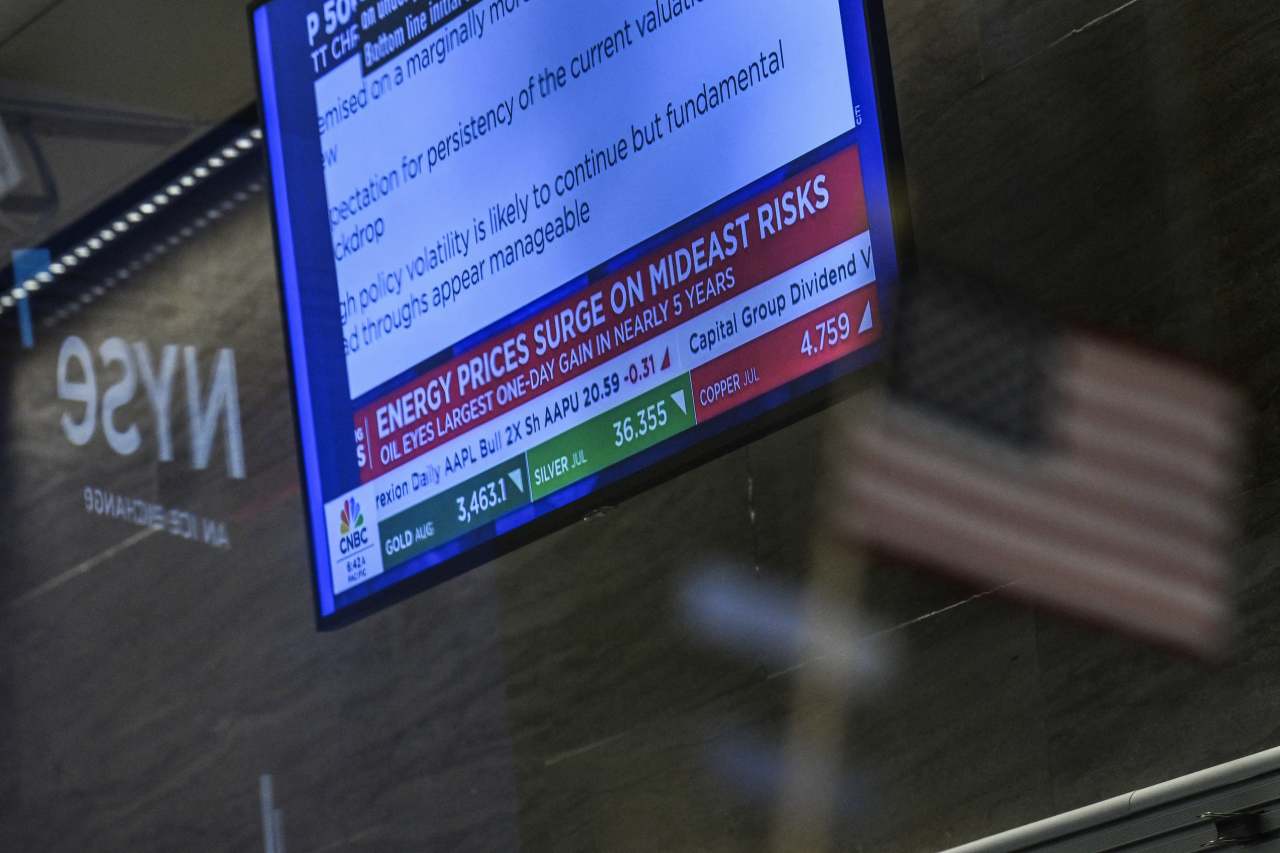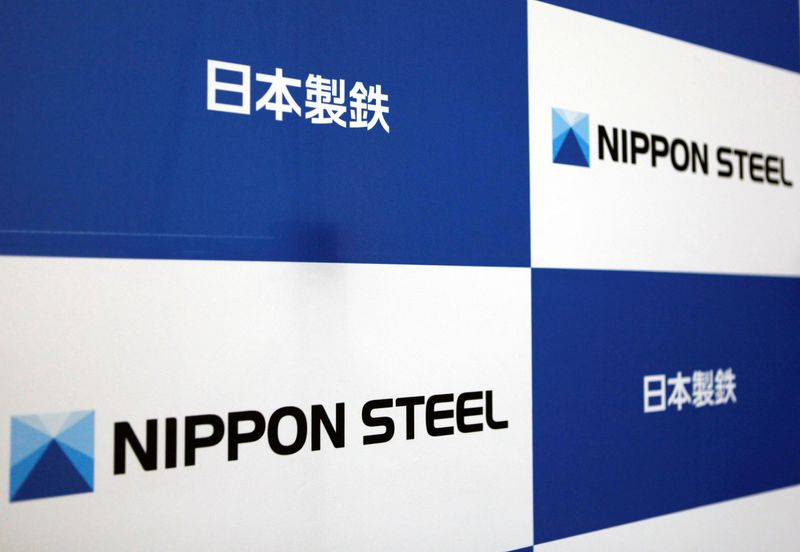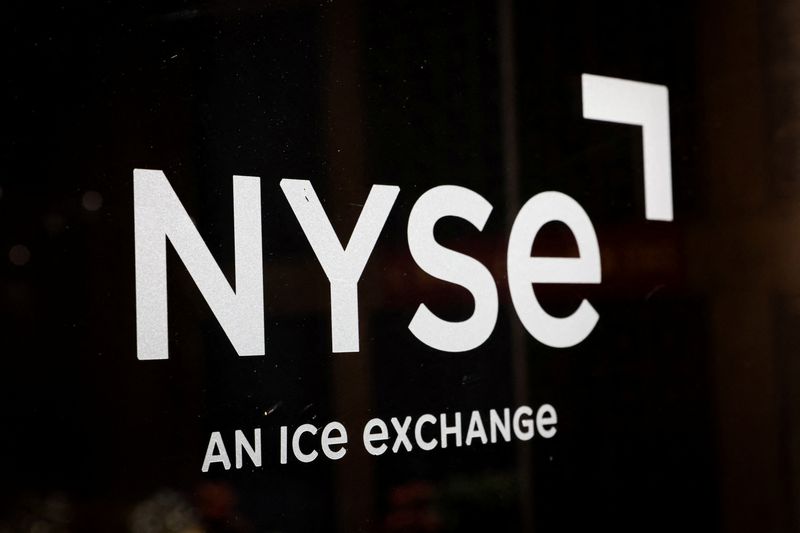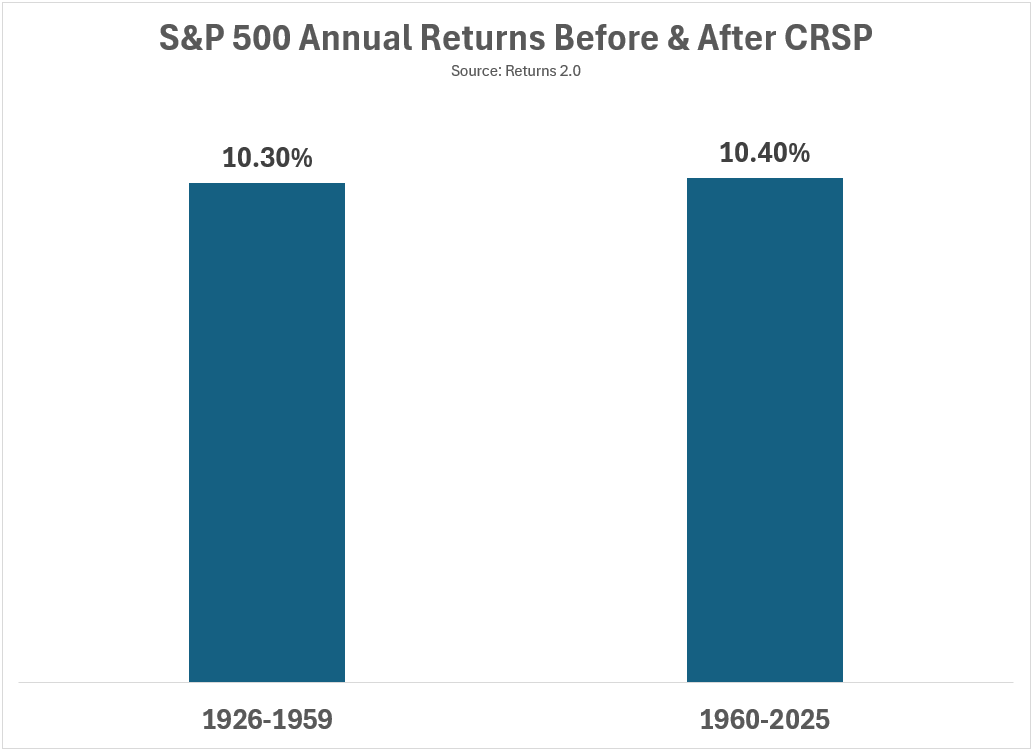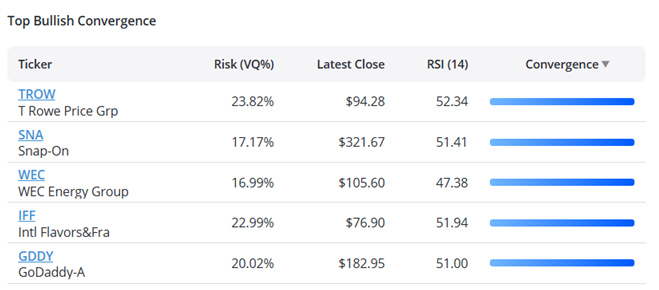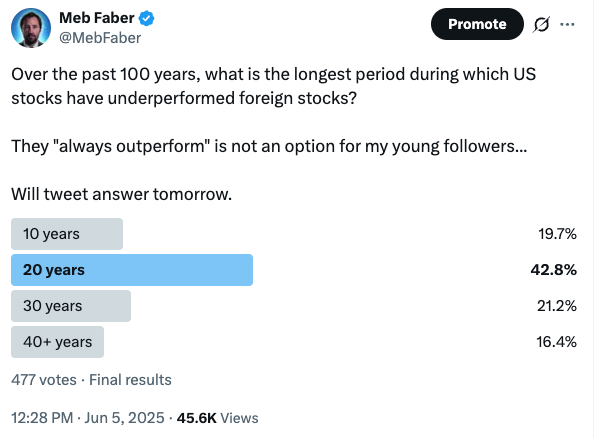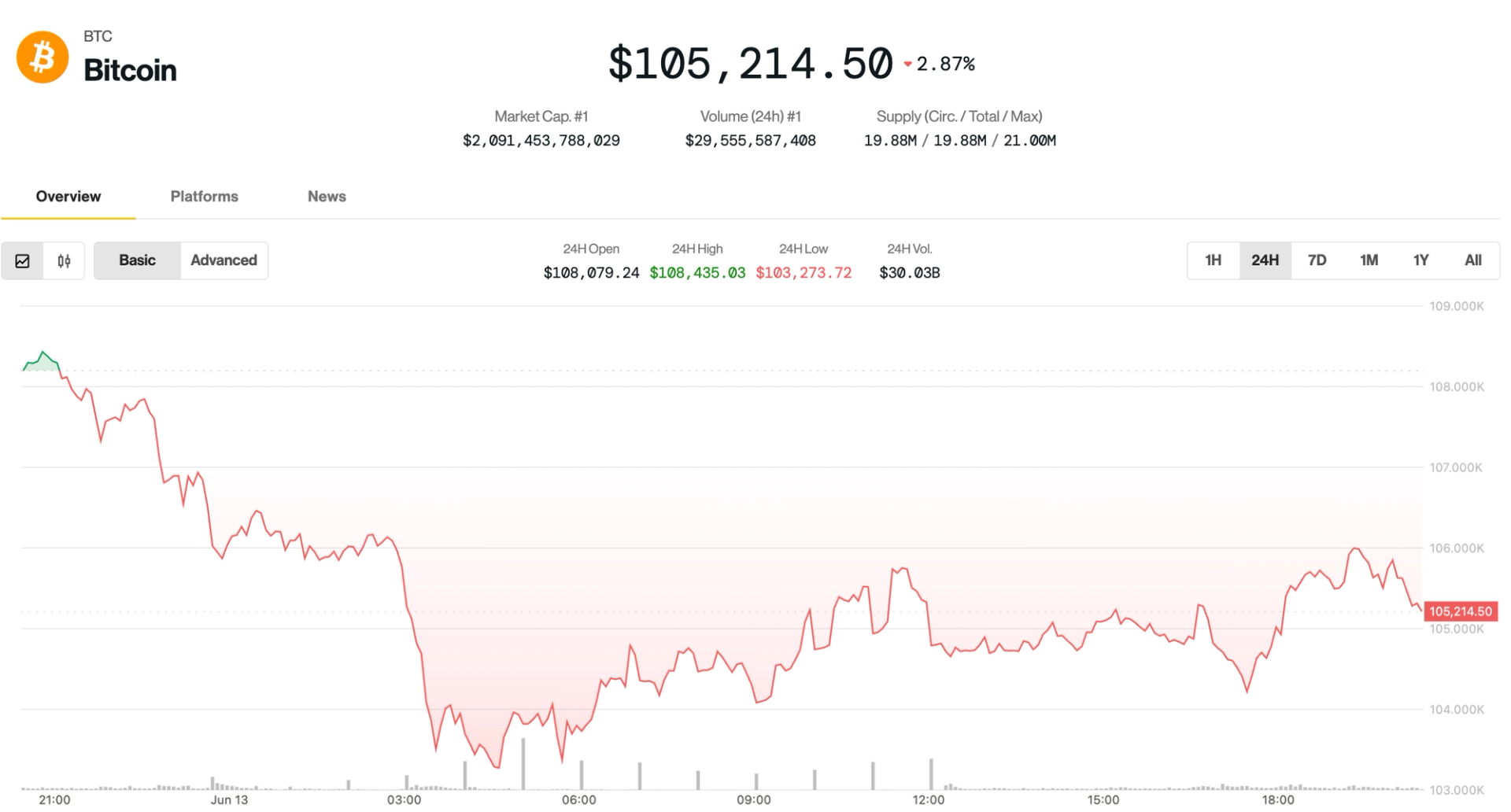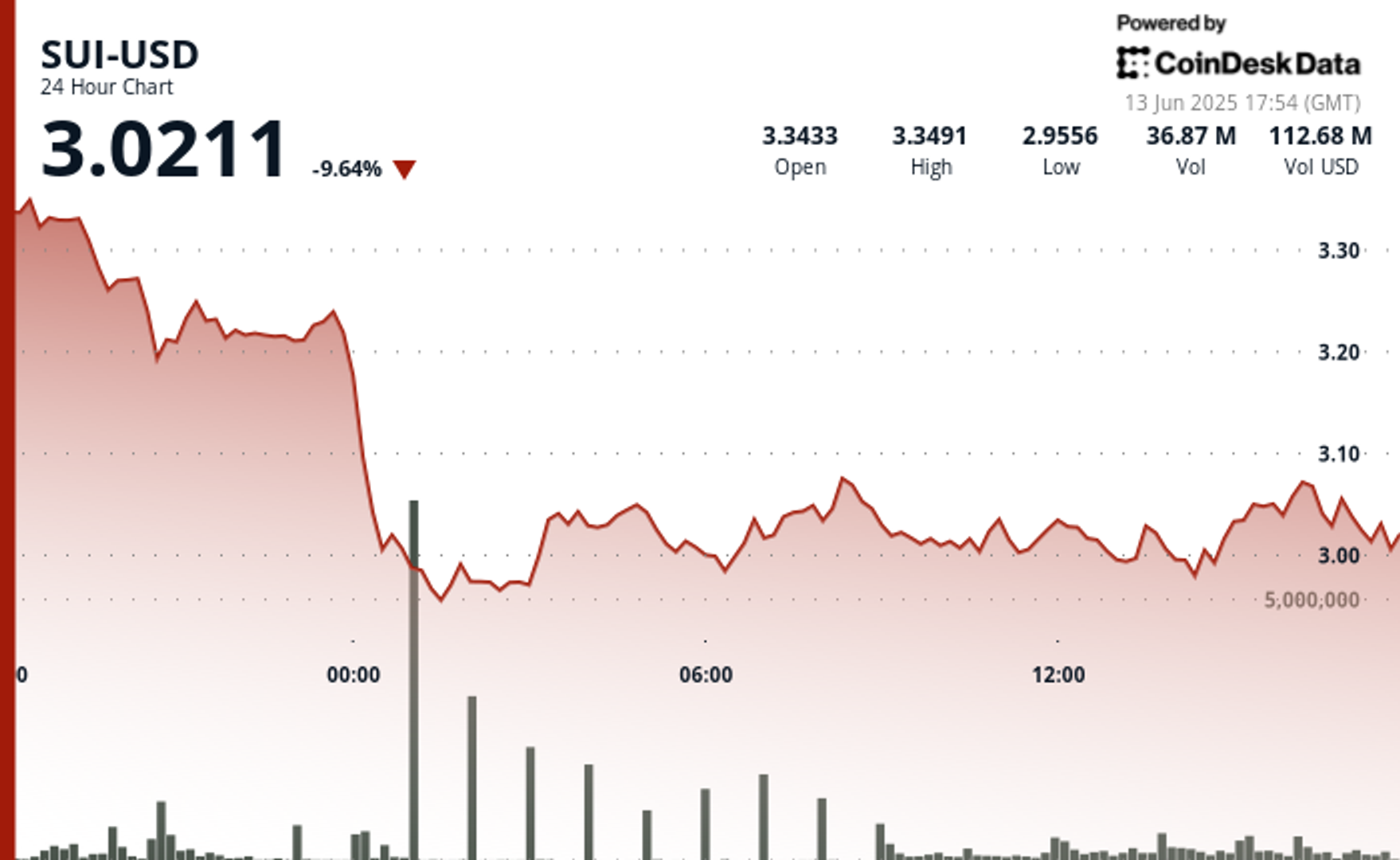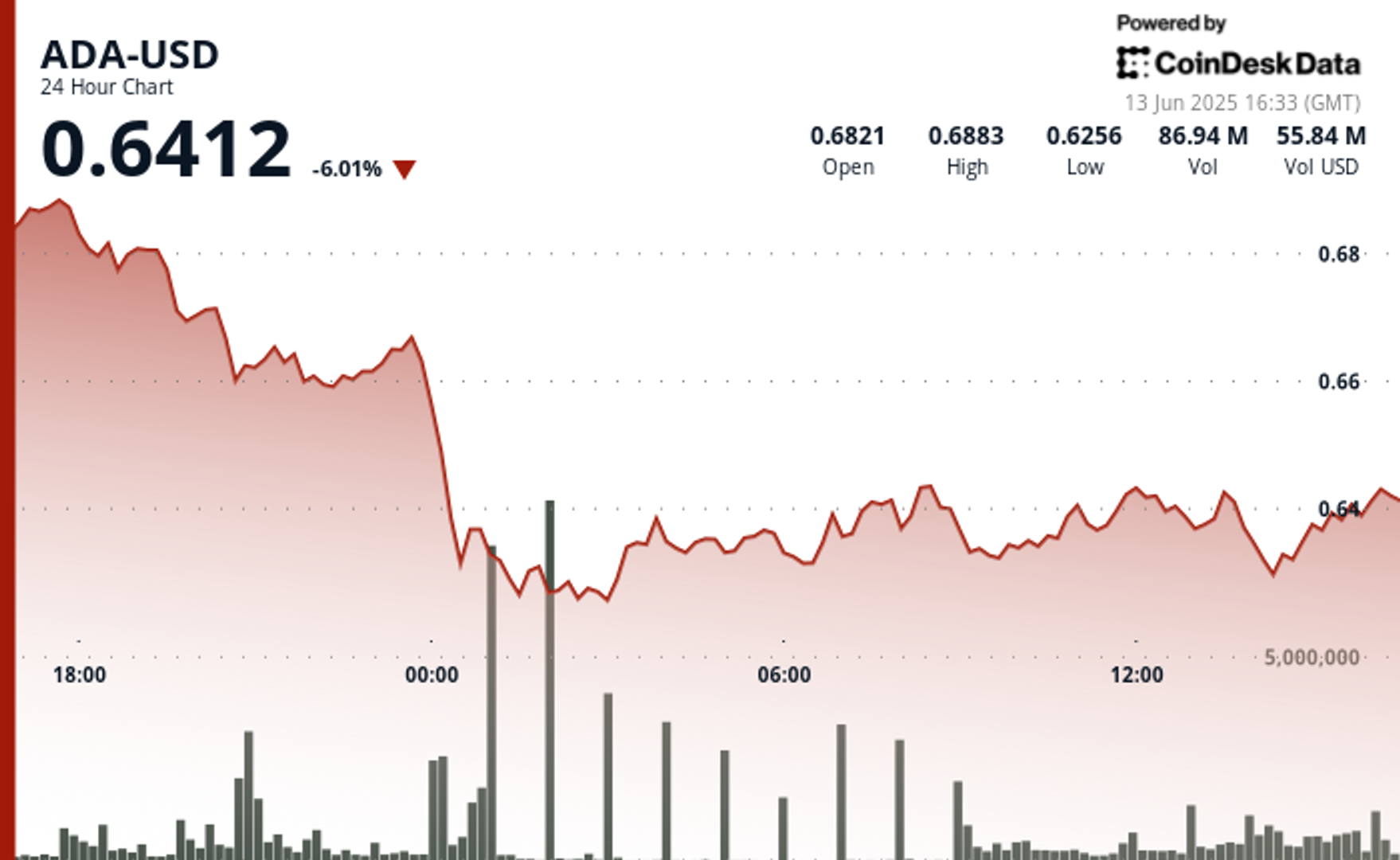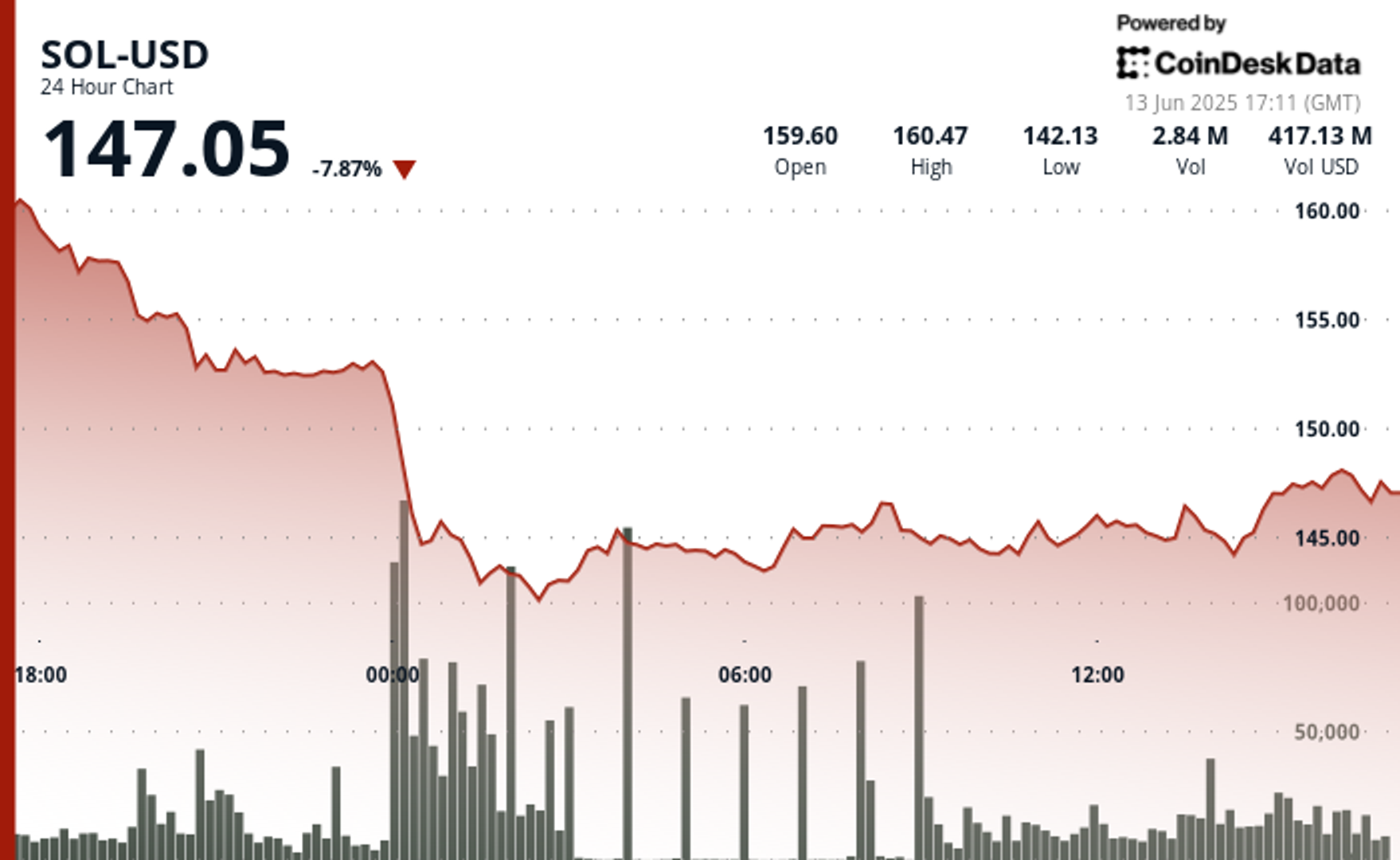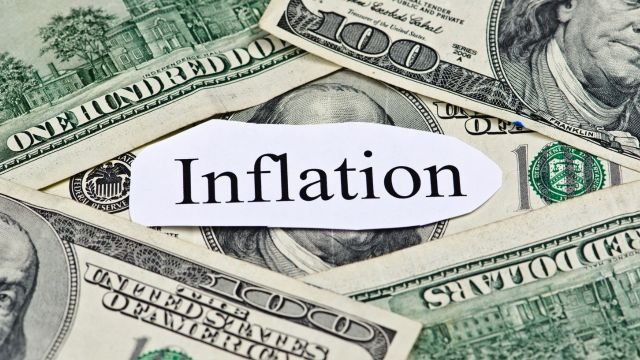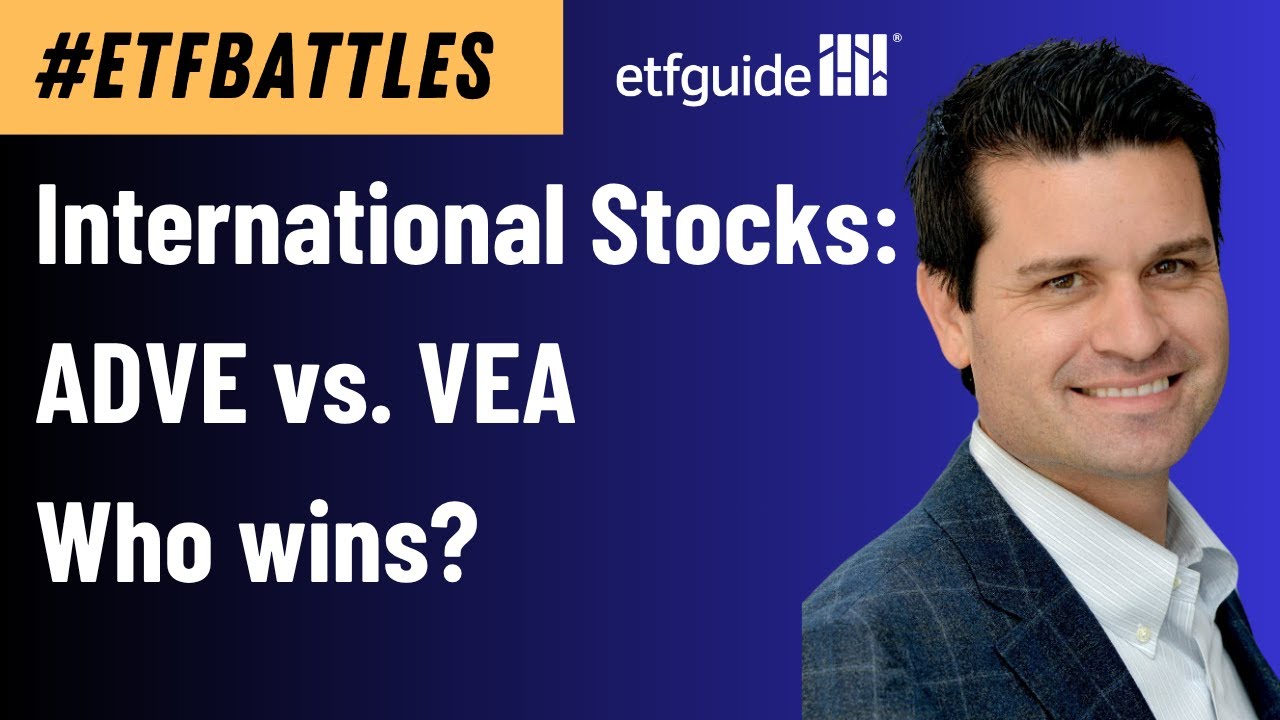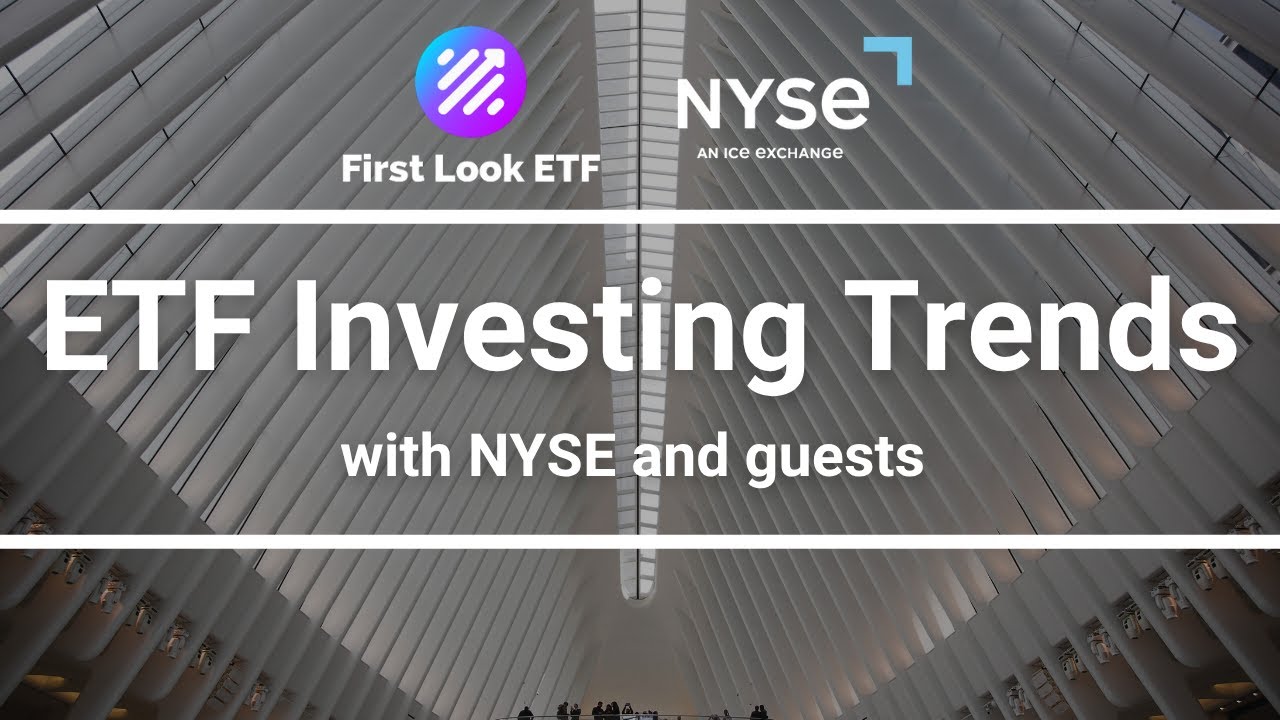These 5 Monthly ETFs Yield Over 9% — and No One Talks About Them
Monthly dividend stocks are a compelling choice for investors seeking consistent income to cover regular expenses or reinvest for growth. Unlike quarterly dividends, monthly payouts provide frequent cash flow, ideal for retirees, budget planners, or those building compounding portfolios. High-yield monthly payers, often yielding 9% or more, amplify income potential but come with risks, including […] The post These 5 Monthly ETFs Yield Over 9% — and No One Talks About Them appeared first on 24/7 Wall St..

Key Points in This Article:
-
Monthly dividend stocks provide frequent cash flow, ideal for retirees or investors seeking consistent income, enhancing portfolio stability and compounding opportunities.
-
Stocks yielding 9% or more offer significant income but carry risks like unsustainable payouts, high leverage, and sector volatility, requiring careful financial analysis.
-
Business development companies and real estate investment trusts dominate high-yield monthly payers, benefiting from high interest rates in 2025, though economic downturns pose challenges.
-
Sit back and let dividends do the heavy lifting for a simple, steady path to serious wealth creation over time. Grab a free copy of “2 Legendary High-Yield Dividend Stocks” now.
Monthly dividend stocks are a compelling choice for investors seeking consistent income to cover regular expenses or reinvest for growth. Unlike quarterly dividends, monthly payouts provide frequent cash flow, ideal for retirees, budget planners, or those building compounding portfolios.
High-yield monthly payers, often yielding 9% or more, amplify income potential but come with risks, including unsustainable dividends, high leverage, or sector-specific volatility. Business development companies (BDCs) and real estate investment trusts (REITs) dominate this space, offering exposure to diverse assets like loans or mortgages. While these stocks can enhance portfolio stability, investors must scrutinize payout ratios, debt levels, and economic sensitivity to ensure long-term viability.
The following five lesser-known monthly dividend stocks, yielding 9% or higher, balance high income with investment potential, though careful due diligence is essential to navigate their risks.
PennantPark Floating Rate Capital (PFLT)
PennantPark Floating Rate Capital (NYSE:PFLT), trading at around $10.50 per share with a 11.7% yield, is a business development company (BDC) offering monthly dividends to income-focused investors.
Specializing in floating-rate loans to middle-market companies, PFLT focuses on first-lien secured debt in sectors like healthcare and business services. Its floating-rate portfolio thrives in high-interest-rate environments, as we are currently experiencing, boosting net investment income.
Despite missing second-quarter earnings estimates ($0.28 vs. $0.33 per share), PFLT’s 1.2x dividend coverage ratio supports its payout reliability. The company’s conservative approach, with 85% of investments in senior secured loans, reduces default risk.
However, exposure to smaller firms raises credit risk in a downturn, and a high payout ratio (albeit required by BDC regulations) limits growth. Less visible than larger BDCs like Ares Capital (NASDAQ:ARCC), PFLT’s steady income and rate sensitivity make it a solid, under-the-radar pick for high-yield seekers.
Stellus Capital Investment (SCM)
Another lesser-known BDC delivering monthly dividends, Stellus Capital Investment (NYSE:SCM) is priced at $13.81 per share with an 11.6% yield. SCM invests in private middle-market companies, often backed by private equity sponsors, across industries like software and manufacturing.
Its portfolio, heavily weighted toward first-lien loans, generates stable cash flows, with a 2024 weighted average yield of 11.7%. A 1.1x coverage ratio and conservative leverage (1.5x debt-to-equity) bolster dividend sustainability.
SCM’s focus on sponsored deals adds an extra layer of governance, which helps reduce risk.. However, a 2020 dividend cut highlights vulnerability to economic shocks, and smaller firms in its portfolio face higher default risks. Compared to giants like Main Street Capital (NYSE:MAIN), SCM flies under the radar, with limited analyst coverage. Its high yield and floating-rate loans, which benefit from 2025’s elevated rates, make it attractive, though investors should monitor economic cycles for potential credit challenges.
Ellington Financial (EFC)
Ellington Financial (NYSE:EFC), trading at $14.40 per share with a 12.5% yield, is a diversified mortgage REIT paying monthly dividends. Unlike agency-focused REITs, EFC invests in residential and commercial mortgage-backed securities, consumer loans, and corporate debt, reducing reliance on any single asset class.
Its first-quarter gross interest income of $8 million adjusted, with distributable earnings of $0.39 per share, covering its dividend. A debt-to-equity ratio of 8.7x reflects leverage typical for REITs, but $203.3 million in cash enhances liquidity.
Less prominent than AGNC Investment (NASDAQ:AGNC), EFC’s diversified portfolio appeals to income investors. High leverage and interest rate sensitivity pose risks, as rising rates could compress book value. While Federal Reserve rate cuts in 2025 could boost MBS valuations, benefiting EFC, the central bank has held firm so far.
Investors must monitor its high payout ratios and market volatility, but EFC’s high yield and strategic diversification make it a compelling choice.
Dynex Capital (DX)
Dynex Capital (NYSE:DX), at $12.34 per share with a 16.5% forward yield, is a mortgage REIT offering monthly dividends through investments in agency and non-agency mortgage-backed securities.
Its first-quarter net interest income surged 149% to $17.1 million, driven by high-yield investments and lower financing costs. Agency MBS, backed by government entities, reduce credit risk, while a 2.6% economic return signals resilience.
DX’s smaller $1.3 billion market cap makes it less visible than peers like Orchid Island Capital (NYSE:ORC), appealing to investors seeking hidden gems. However, high leverage, typical for mREITs, and a history of dividend cuts raise concerns about sustainability.
Interest rate volatility could erode book value, though interest rate cuts could again support MBS prices.
DX’s high yield and diversified portfolio make it an interesting income play, but investors should monitor rate trends and payout ratios closely.
Horizon Technology Finance (HRZN)
The fifth hidden monthly, high-yield dividend stock to consider is Horizon Technology Finance (NASDAQ:HRZN), a BDC offering monthly dividends and trading at $7.50 per share with a 17.5% yield. It provides debt financing to technology, life sciences, and healthcare companies.
Its first-quarter net investment income was $0.33 per share, down from $0.38 year-over-year, but a 1.1x coverage ratio supports its payout. HRZN’s portfolio, with a 15.0% weighted average yield, also benefits from 2025’s high-rate environment.
Less known than Main Street Capital, HRZN’s focus on high-growth sectors offers unique exposure, but offers limited analyst coverage. Its $302 million market cap and venture debt focus increase risk, as tech startups face higher default rates in downturns. A 2020 dividend cut also underscores economic sensitivity.
HRZN’s floating-rate loans and monthly payouts appeal to income seekers, but investors should monitor portfolio credit quality and economic conditions to ensure dividend stability.
The post These 5 Monthly ETFs Yield Over 9% — and No One Talks About Them appeared first on 24/7 Wall St..






















